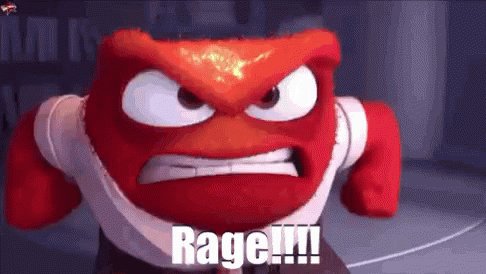The differences between the two plates is correct. Plate II is the sectional drawing of the keel with the keel notches, whereas plate I shows the ships side view looking at the sides of the frames, all sitting over the keel notches following the same line.I don't think you screwed up Paul, according to plate II on the blue prints it is suppose to be that way (and the reverse from 36/37 onward)View attachment 186550
and just to confuse matters its all straight on plate I ?
View attachment 186554
Maybe Paul switched the two floor timbers of 17 and 18.






![20201027_205351[1].jpg 20201027_205351[1].jpg](https://shipsofscale.com/sosforums/data/attachments/172/172288-26537b49ae93fd424a1671ee9c589167.jpg?hash=JlN7Sa6T_U)
![20201027_205224[1].jpg 20201027_205224[1].jpg](https://shipsofscale.com/sosforums/data/attachments/172/172289-4f91fd0504b244ac52162d02f5b1673e.jpg?hash=T5H9BQSyRK)
![20201027_205150[1].jpg 20201027_205150[1].jpg](https://shipsofscale.com/sosforums/data/attachments/172/172290-36357976cbaa987720fe46b1da7dea7d.jpg?hash=NjV5dsuqmH)
![20201028_153344[1].jpg 20201028_153344[1].jpg](https://shipsofscale.com/sosforums/data/attachments/172/172394-d012213e0b6bc068001e0eca7cd52d4d.jpg?hash=0BIhPgtrwG)
![20201028_154357[1].jpg 20201028_154357[1].jpg](https://shipsofscale.com/sosforums/data/attachments/172/172395-f327fd74676625d579c04f30b868ce7c.jpg?hash=8yf9dGdmJd)
![20201028_153358[1].jpg 20201028_153358[1].jpg](https://shipsofscale.com/sosforums/data/attachments/172/172397-644d301d67dc153e1524cfdd4e468849.jpg?hash=ZE0wHWfcFT)
